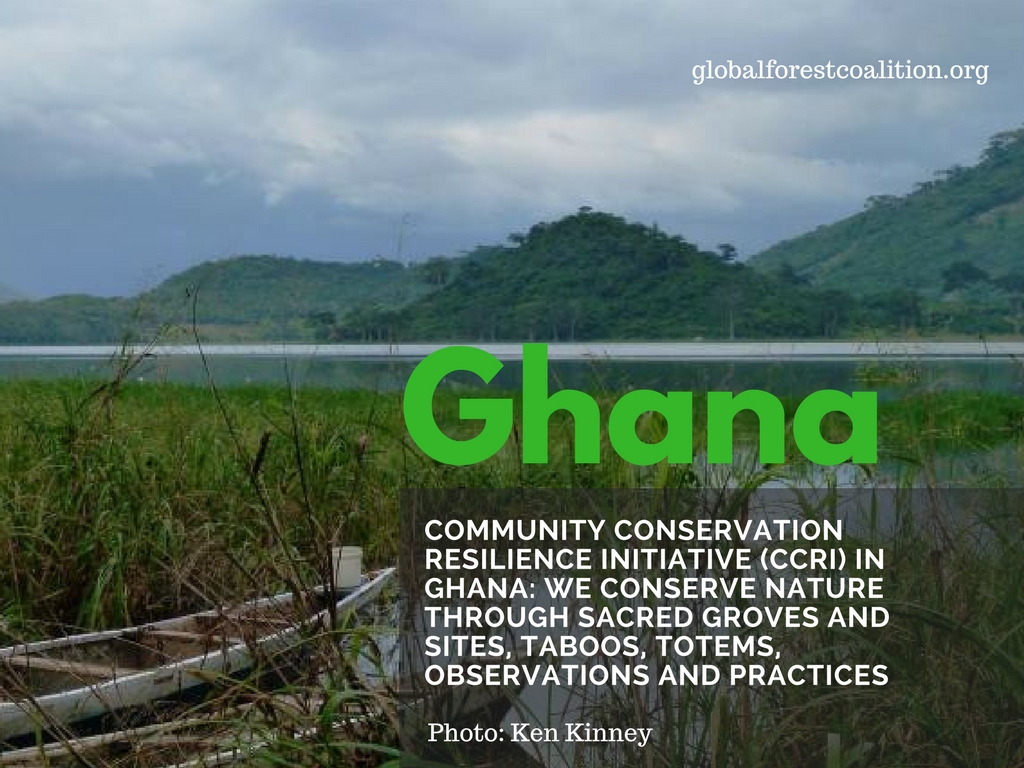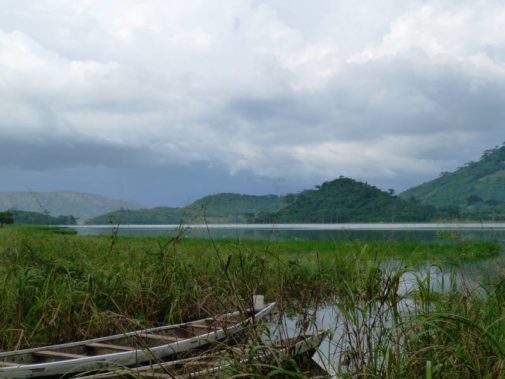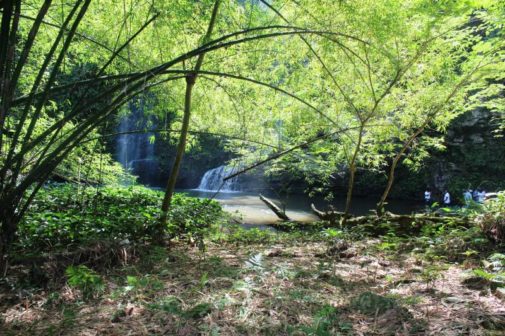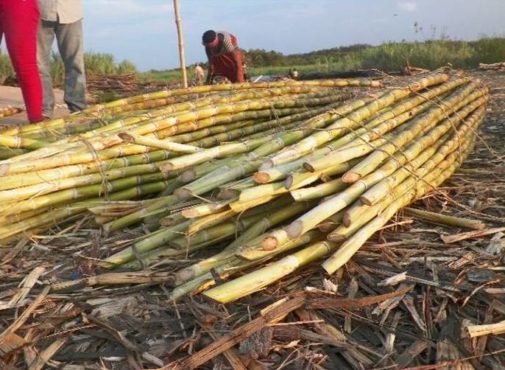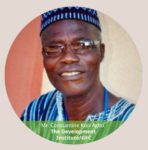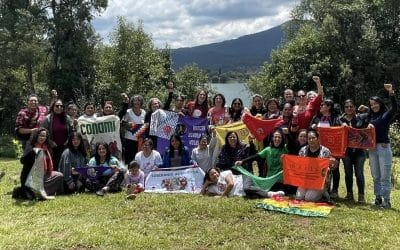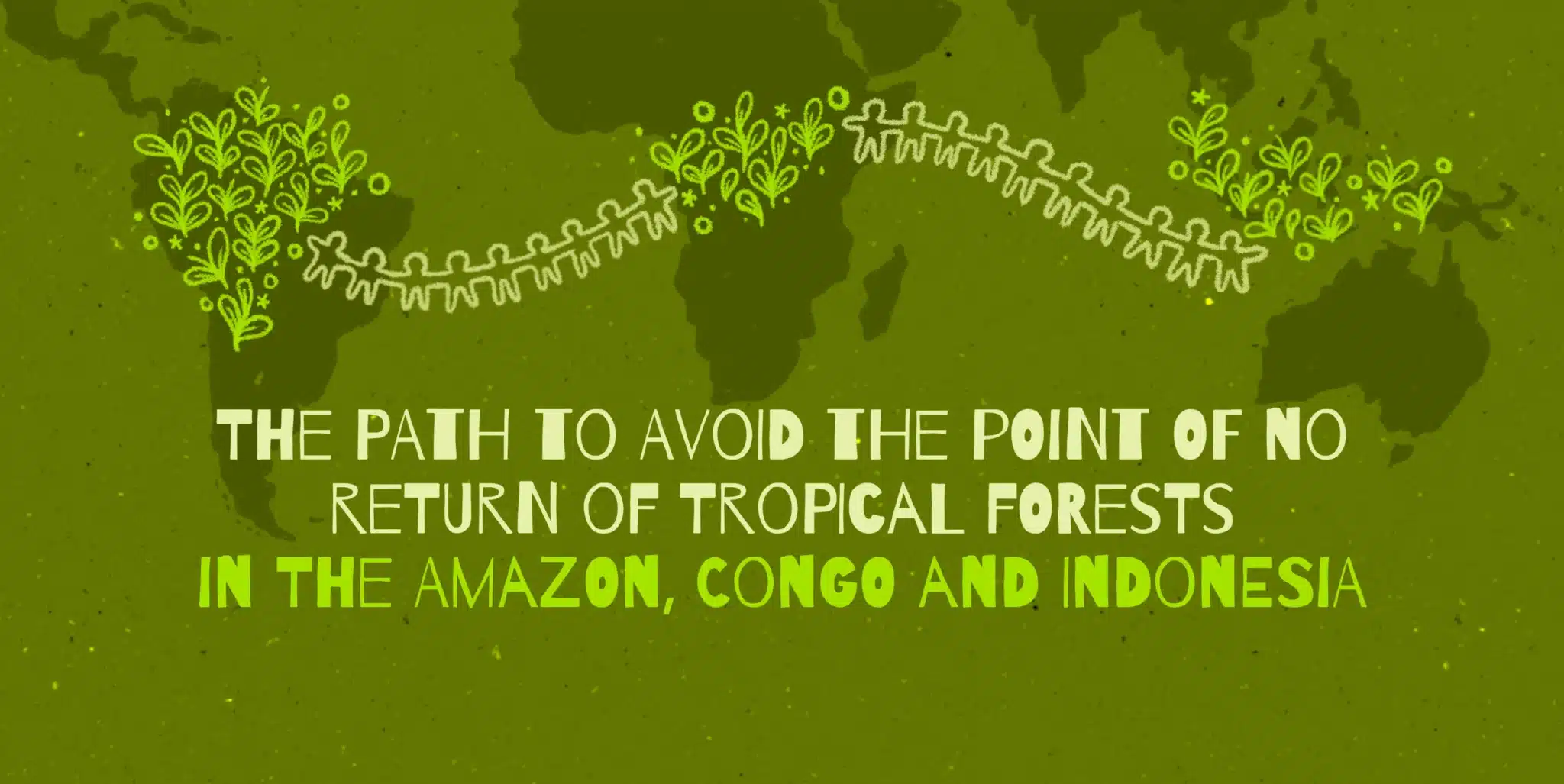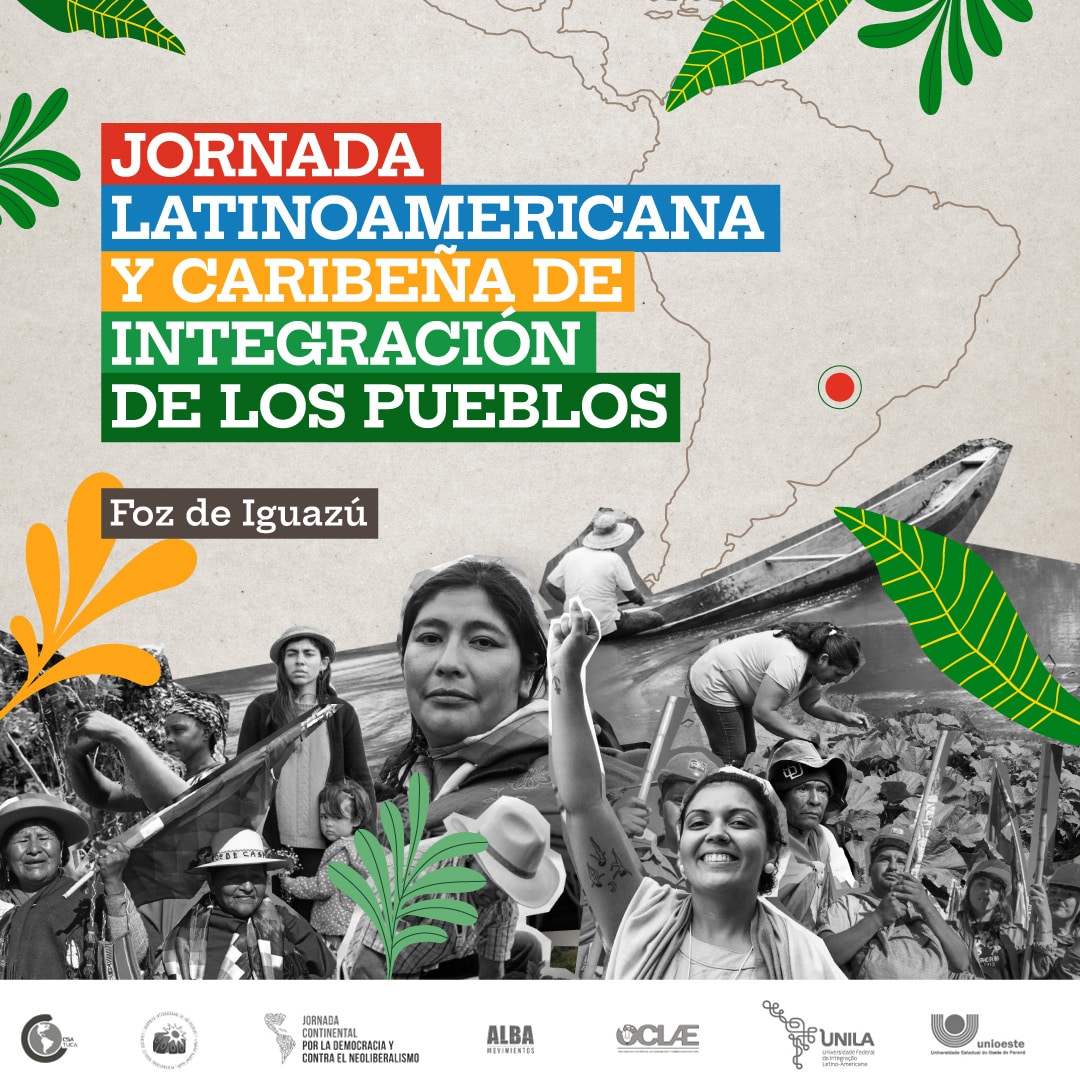Download the summary report here
Introduction
The Ghana Community Conservation Resilience Initiative (CCRI) is being implemented by The Development Institute in Kpoeta, Saviefe Gborgame and Avuto. Kpoeta and Saviefe Gborgame are about 85kms apart at different elevations along the Weto Range of the Upper Guinean Forest of West Africa. [1] Avuto borders the Avu Lagoon within the Keta Lagoon Complex Ramsar Site (KLCRS), in Ghana’s southeastern coastal savannah zone. It is an important site for migratory birds and the only Ghanaian site for the threatened Sitatunga (an amphibious antelope species). [2]
In all three communities women have extensive knowledge about nature conservation, which they use for production, processing and marketing, health care, and energy generation. Men and women do the same kind of work and women participate in communal decision-making meetings, but women tend to shy away from leadership positions. Traditional patrimonial inheritance affects women’s status, although they can buy and own land if they can afford it.
Watch short video about CCRI in Ghana here:
The CCRI was based on participatory methods, including Free Prior and Informed Consent (FPIC) [3], participatory strategic planning and participatory mapping. A Project Advisory Committee was nominated, including development and gender NGOs, governmental experts and community representatives. Community teams were supported to use participatory questionnaires, focus groups, transect walks and mapping techniques, to map their community territories and resources, their conservation practices, taboos and forgotten sacred sites. Another important aspect was strategic planning and advocacy skills training.
There was an excellent interaction between young and old, and women and men. Some of the young people were surprised when they found out about the origin of their community’s cultural practices. All the results were fed into a national validation, learning and advocacy workshop, which included further capacity building.
Community Conservation Resilience
All three communities are part of the Ewe ethnic group of Ghana, Togo, Benin and Nigeria, with their own religion of a Supreme God, Mawuga Sogbo-Lisa (Male-Female God), and a related focus on conserving nature through sacred groves and sites, taboos, totems, observations and practices. These help to safeguard critical ecosystems and endemic species, and rivers, springs and waterfalls, helping to halt deforestation outside forest reserves. For instance, the Kpoeta community is restoring the Tsii waterfalls, using GPS (Global Positioning System) to demarcate the site of the falls, and has established a tree nursery for endemic species for boundary and enrichment planting. All the communities are engaged in Community Resource Management Areas (CREMAs) based on their traditional conservation practices.
Nevertheless they face significant external and internal threats to their community conservation efforts and resilience. These have their roots in the colonial era when most community conservation areas progressively lost their importance, value and status, and natural resources such as timber were monetised and traded by colonial companies. The colonial government also enclosed many sacred groves designating one quarter as ‘protective’ reserves and three quarters as ‘production’ reserves.
This exploitative approach continued after independence as natural resources were seen as an easy source of government revenue. Today the protection and preservation of fundamental human rights and freedoms are guaranteed [4], but rights to control and manage
resources such as timber and minerals still remain vested in the Executive President. This creates a disincentive to community nature conservation, and can be implicated in Ghana’s current annual rate of deforestation of 2% per annum. [5]
Extractive industries are a major problem. For example, the Avuto community describes the opening up of its territory for the exploitation of oil and gas by multinational companies [6]; and the damming of the River Tordzie upstream, which will affect inflow into the lagoon, leading to water insecurity.
Deforestation is reducing the volume of Non-Timber Forest Products that can be collected and marketed by women, including medicinal plants, sweeteners and spices, impacting their ability to provide food, medicines and a reliable income for their families.
The communities in Kpoeta and Saviefe Gborgame have noted that the use of synthetic pesticides is leading to a loss of biodiversity, including useful plants and animals. Cover crops, which improve soil fertility naturally, no longer grow on their farms after herbicides have been used, and the communities report declining quantities of wild honey. Other external threats include industrial agriculture generally; stone quarrying; illegal logging and the destruction of their cocoa and coffee farms by chainsaw operators; wild bush fires; and the expansion of coffee and cocoa production into their conserved forest areas.
The community in Avuto identified the commercial use of monofilament nets as a threat to sustainable fishing, and youth unemployment. Other threats include the spread of invasive water hyacinth; industrial rice farming which generates land grabbing and pollutes the lagoon; and climate change impacts, including drought and the drying of the lagoon, and flooding.
Internal threats facing all three communities include the loss of traditional knowledge and practices that support nature conservation, migration of the youth to the cities, and poverty-driven environmental degradation such as illegal logging and poaching.
Conclusions and Recommendations
Ghana has taken an important step forward with its 2012 Forest and Wildlife Policy, which explicitly supports traditional autonomy for the management of sacred forests and community conservation forests for biological and cultural diversity. [7] The 2016 revised NBSAP is also quite promising, since it focuses on the implementation of all the Aichi Targets. For example “ensuring that the traditional knowledge, innovations and practices of indigenous and local communities and their customary use, are respected” is consistent with (Aichi Target 18). [8] The next step is to implement these policies effectively.
The CREMAs approach, which is being used by the Wildlife Division of the Forestry Commission and promoted by NGOs, has encouraged the communities to revisit and strengthen their community conservation activities but there are many different ways in which the communities’ conservation resilience could be strengthened and improved. For example, the Avuto community is currently restoring the Sitatunga habitat with support from Calgary Zoo in Canada, but they need further support for their related ecotourism efforts and want to be more closely linked to the Keta Lagoon Complex Ramsar site. [9]
All three communities are advocating for district assemblies to support management plans that facilitate their ongoing buffer zone planting projects (to protect watershed/ bodies). Climate change adaptation measures are also needed to help protect communities against flooding. These include the creation of flood plain corridors without housing, using natural infrastructure such as green areas and tree planning, improving disaster management and functional early warning systems, and generally increasing awareness about climate change.
In Kpoeta and Saviefe Gborgame, cocoa agro-forestry and cocoa certification standards are already being introduced, including to improve agro-biodiversity and minimise pesticide use, but farmers would benefit greatly from environmentally-focused extension services. Similar support in Avuto could enable the community to grow organic vegetables, which are in high demand in Ghana, benefitting the Avu Lagoon’s sensitive ecosystem. The introduction of simple innovative technologies to use the water hyacinth for a green business could also help turn a problem into a solution, and the community could be supported to transform their sugarcane production into ethanol for household energy use, reducing reliance on fuel wood.
The communities also want to engage youth in the primary processing of agriculture products to reduce youth unemployment, and to enhance economic empowerment and promote leadership for young girls, including to reduce teenage pregnancies. Two of the communities are working to ensure their financial sustainability through Village Savings and Loan Associations (VSLAs).
Testimony
“We in Kpoeta have seen our aesthetic mountain ecosystem destroyed through the myopic and misguided actions of our political elites. What you can see now is the pale shadow of our community fifty years ago, and even that is due to sustained adherence to our traditional norms for nature conservation: taboo days, reverence and deifying nature such as the Tsii Waterfalls. Our vision is to restore our environment to its former state and we are already engaged in conservation agriculture practices and restoration through Analog forest techniques. CCRI is very useful, practical, complementary and reveals the wisdom hidden in our culture, which is rooted in nature conservation.” Mr. Constantine Kosi Agbo, a retired Educationist.
Other important recommendations include:
• Empowering communities and CSOs so that they can advocate effectively with respect to the development of the Wildlife Bill, including on ownership of territorial resources they have actively conserved, tree tenure and access to timber, and Free, Prior and Informed Consent (FPIC).
• Supporting CSOs and communities living in sensitive ecosystems to demand the implementation of spatial and land use planning and strategic environmental assessments (SEA) that recognise community conserved territories
as permanent community conservation areas.
• Promoting and supporting communities to develop eco- cultural tourism, to help retain the wisdom and practices of communities while reducing poverty.
• Building capacity in and instituting the certification of community conserved territories as areas
from which sustainable commodities can be sourced.
• Developing communities’ capacity to engage in climate-resilient agriculture based on their current traditional practices, and promoting conservation agriculture.
This summary is based on a full CCRI report about the communities’ conservation resilience assessment in Ghana, which can be found here.
Download Report of the Community Conservation Resilience Initiative in Ghana here.
References
[1] Critical Ecosystem Partnership Fund, 2000. Ecosystem Profile Upper Guinean Forest Ecosystem of the Guinean Forest of West Africa Biodiversity Hotspot. Available at http://www.cepf.net/Documents/final.guineanforests.upperguineanforest.ep.pdf Accessed 10 July 2017
[2] Jana M. McPherson, Joy Sammy, Donna J. Sheppard, John J. Mason, Typhenn A. Brichieri-Colombi and Axel Moehrenschlager 2016. Integrating traditional knowledge when it appears to conflict with conservation: lessons from the discovery and protection of Sitatunga in Ghana. Available at: http://dx.doi.org/10.5751/ES-08089-210124 – Accessed 20 January 2017
[3] FAO, 2016. Free Prior and Informed Consent. Manual for Project Practitioners Available at http//: www.fao.org/3/a-i6190e.pdf Accessed 20 January, 2017
[4] The Constitution of Ghana, 1992. Available at http://politicsresources.net/docs/ghanaconst.pdf Accessed 15 July 2017
[5] Food and Agriculture Organization, 2010. Global Forest Resources Assessment, 2010. Country Report, Ghana. Available at http://www.fao.org/013/al53e/al53e.pdf Accessed 15 July 2017
[6] Environmental Protection Agency, 2016, Strategic Environmental Assessment (SEA) on Opening up the Voltaian and Keta Basins for Oil and Gas Exploration and Production.
[7] Ministry of Lands and Natural Resources, 2012. Ghana Forest and Wildlife Policy. Available at http://www. gh.chm-cbd.net/convention/
2012-ghana-forest-and-wildlife-policy pdf Accessed 20 August 2016 [8] Client Earth, 2013: Overview of Legal Framework of the Forest and Wildlife Sector. Available at https://www.clientearth.org/external- resources/ghana/forests-and-wildlife/Overview-and-collection-Forest- and-Wildlife-laws-Ghana.pdf Accessed 13 December 2016
[9] Angelia Husuke, 5 January 2017, Personal Communication.

